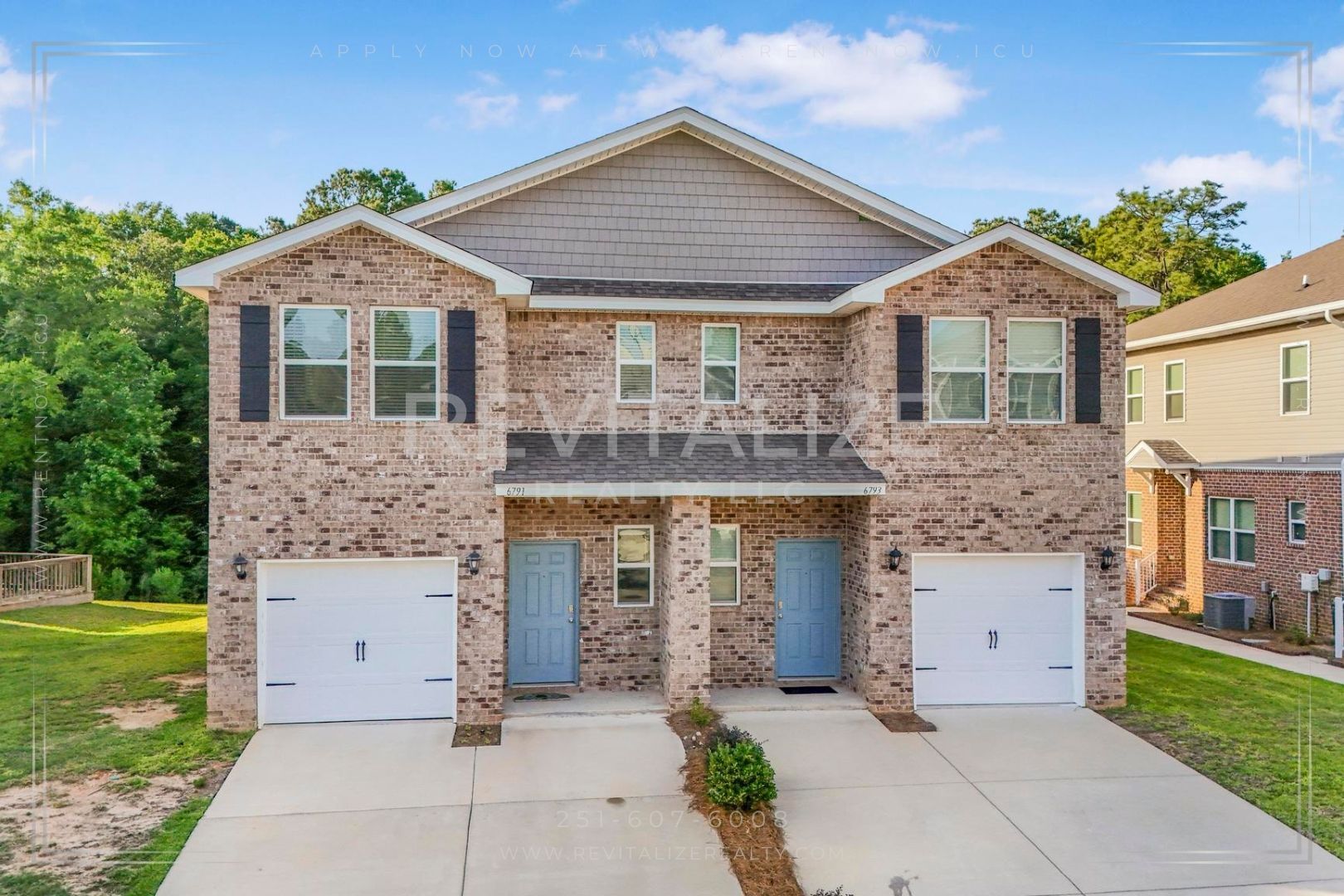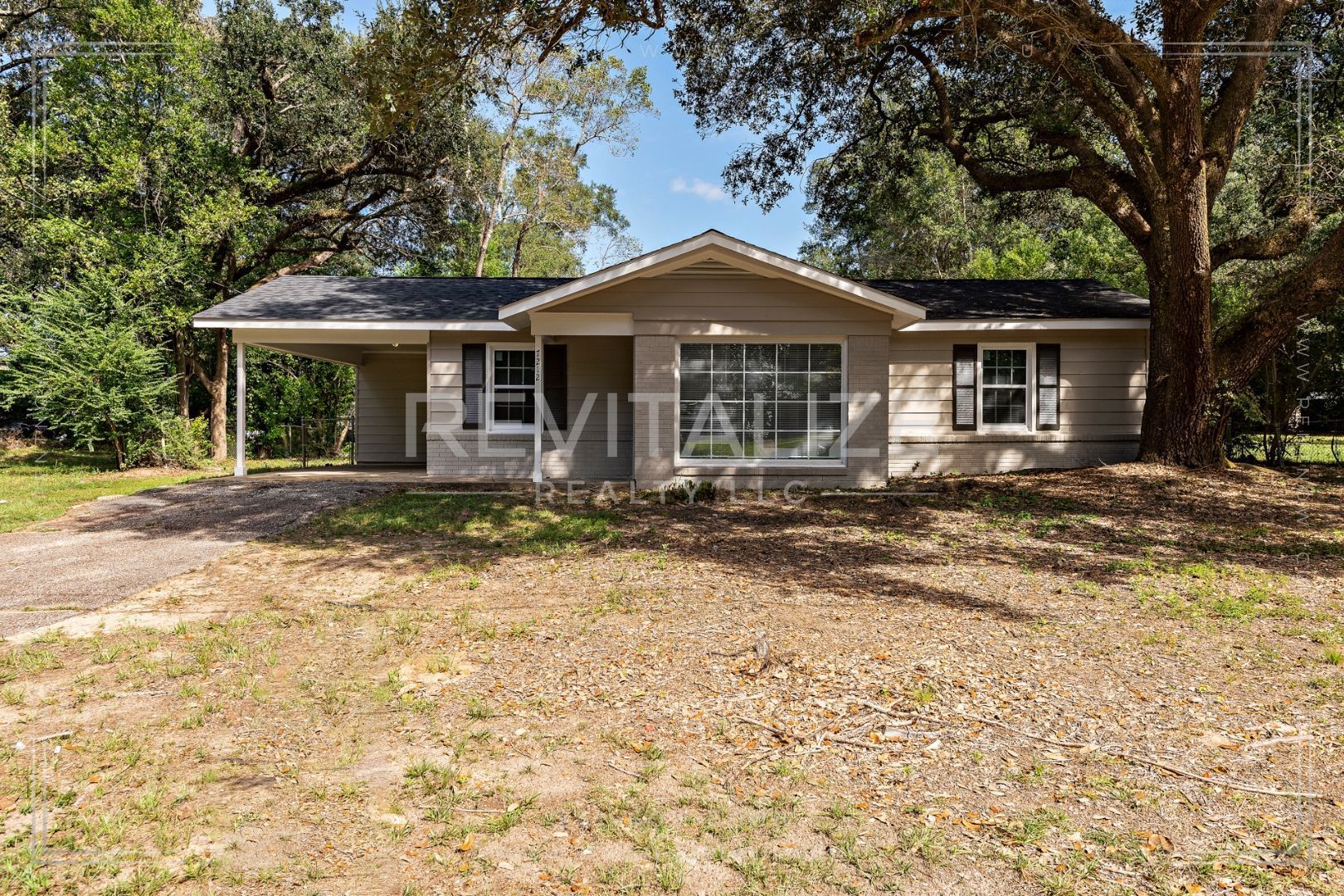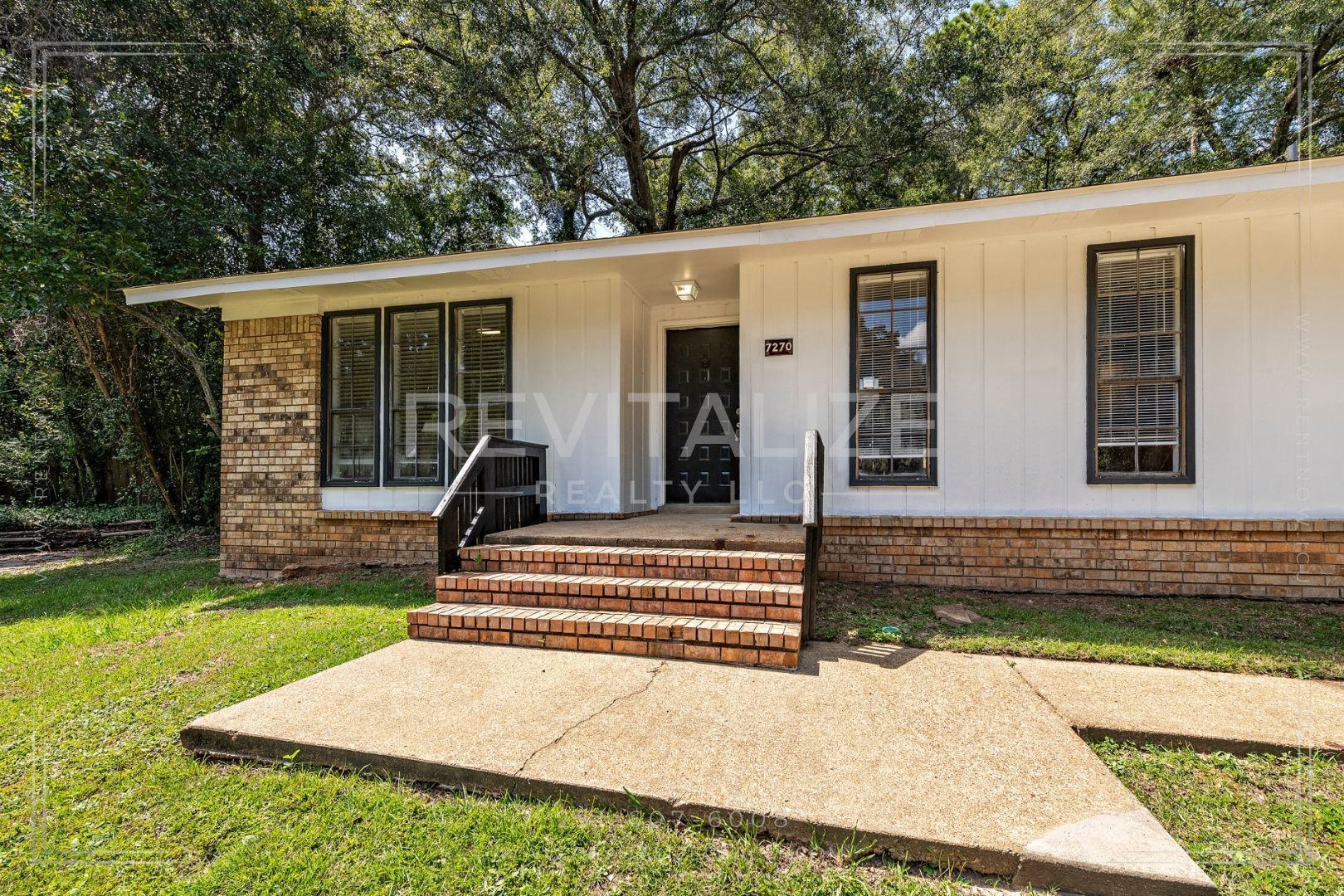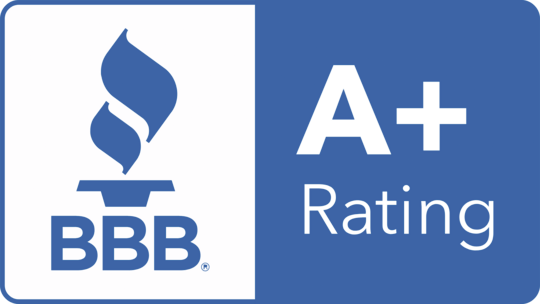Baldwin County’s Boom
How New Subdivisions Are Transforming the Rental Market

Baldwin County is in the middle of a residential renaissance. Once considered a quiet stretch of coastal Alabama, the county is now one of the fastest-growing regions in the state — and with that growth comes a wave of new subdivisions, master-planned communities, and residential developments that are reshaping the housing and rental landscape.
The Growth Surge Across Baldwin County
Over the past year, Baldwin County has seen a surge in new residential construction as developers race to keep up with population growth. A proposed 900-home subdivision near Fish River is among the most talked-about projects, promising to bring hundreds of new families to the area. In Robertsdale, the approval of Southtown Phase II will add nearly 200 new single-family lots, while in Loxley, The Cottages on 31 — a 29-unit townhome community — will provide modern living options for those seeking something smaller and more manageable. Even smaller projects, like a nine-lot subdivision in Lillian, signal just how widespread the growth has become.
This expansion isn’t random — it’s strategic. Developers are targeting areas that blend affordability with accessibility, where proximity to Mobile, Pensacola, and the Gulf Coast offers the perfect mix of suburban comfort and coastal convenience. Families, retirees, and remote workers are increasingly drawn to Baldwin County for its quality of life, strong school systems, and small-town charm, all within driving distance of major employment and entertainment centers.
Opportunities and Challenges for the Rental Market
For property owners and investors, Baldwin County’s rapid residential growth presents both opportunities and challenges. On the one hand, new construction brings fresh competition — gleaming kitchens, open-concept floorplans, and energy-efficient features tend to draw tenants who are willing to pay top dollar for newer, move-in-ready homes.
However, this same expansion creates ripple effects that can benefit landlords as well. As development pushes outward, formerly overlooked areas suddenly gain value thanks to new roads, schools, shopping centers, and restaurants. Infrastructure investment tends to follow residential growth, and that can turn quiet rural zones into thriving rental markets almost overnight.
Investors who recognize these growth patterns early can position themselves ahead of the curve. Buying or holding rental properties near emerging neighborhoods — or even within new communities — can lead to significant appreciation and consistent occupancy as demand rises.
Balancing Supply, Demand, and Quality
While a steady stream of new homes may slightly ease the pressure on rents in certain parts of the county, overall demand remains strong. Baldwin County’s population is still growing faster than new homes can be completed, meaning well-maintained, well-managed rentals continue to perform exceptionally well.
The key for property owners is to focus on quality. Upgrades like modern lighting, fresh flooring, or updated landscaping can help older homes compete effectively with new builds. For tenants, this surge in development brings more options, better amenities, and greater flexibility in choosing the right home.
Looking Ahead
Baldwin County’s rapid residential expansion isn’t just changing the skyline — it’s redefining the community. With more families moving in, infrastructure improving, and development stretching across new areas, the rental market is evolving in exciting ways. For homeowners, investors, and renters alike, Baldwin County’s growth represents not just a challenge, but a tremendous opportunity.






























